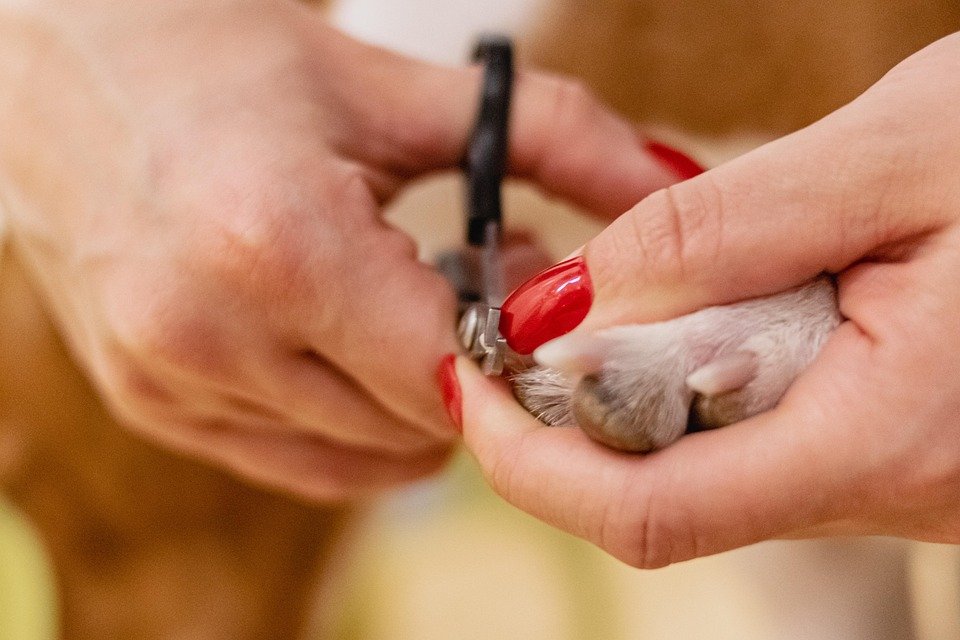
Introduction
Cats are meticulous self-groomers, but that doesn’t mean they don’t need a helping hand from their human companions. Grooming your cat is essential for maintaining their health and well-being, and it’s important to adjust grooming techniques according to the changing seasons. Each season presents unique challenges and needs for your cat’s coat, skin, and overall health. This guide provides essential grooming tips tailored for each season to ensure your feline friend stays comfortable and healthy year-round.
Spring Grooming Tips
Shedding Management
Spring is a time of renewal and growth, and for many cats, it also means shedding their winter coats. As temperatures rise, cats begin to shed their thicker fur to prepare for warmer weather. Regular brushing is crucial during this period to manage shedding and prevent matting. Use a stainless steel comb or a slicker brush to remove loose fur and prevent hairballs. For long-haired cats, daily grooming is recommended, while short-haired breeds may only need grooming a few times a week.
Allergy Prevention
Spring can also bring allergies, affecting both humans and cats. Regular grooming can help minimize allergens by removing pollen and dust from your cat’s fur. Consider wiping your cat down with a damp cloth after they come inside to remove any potential allergens they might have picked up while exploring.
Flea and Tick Control
As the weather warms, fleas and ticks become more active. Spring is the perfect time to start your cat on a preventative flea and tick regimen. Consult your veterinarian to choose the right product for your cat and apply it according to the instructions. Regular grooming can also help you spot any signs of fleas and ticks early.
Summer Grooming Tips
Hydration and Skin Health
The summer heat can be harsh on your cat’s skin and coat. Ensure your cat stays hydrated by providing plenty of fresh water. Proper hydration is essential for maintaining healthy skin and preventing dryness. You can also supplement their diet with wet food to increase their water intake.
Sun Protection
Cats with light-colored or thin coats are particularly susceptible to sunburn. If your cat enjoys lounging in the sun, consider applying a pet-safe sunscreen to their ears and nose. Additionally, provide shaded areas for your cat to retreat to when the sun’s rays are at their strongest.
Regular Baths
While not all cats enjoy baths, occasional bathing during the summer months can help keep their coat clean and reduce the risk of skin infections. Use a cat-specific shampoo and ensure the water temperature is comfortable. If your cat is resistant to baths, consider using waterless shampoo or wipes designed for cats.
Fall Grooming Tips
Preparing for Winter
As temperatures begin to drop, cats start growing their thicker winter coats. This is a good time to adjust your grooming routine to accommodate this change. Regular brushing will help remove dead hair and distribute natural oils, keeping your cat’s coat healthy and shiny.
Monitor Weight and Diet
Cats may become less active as the weather cools, leading to potential weight gain. Monitor your cat’s weight and adjust their diet accordingly to prevent obesity. A balanced diet rich in omega-3 and omega-6 fatty acids can also help maintain a healthy coat.
Check for Parasites
Although flea and tick activity decreases in the fall, it’s still important to remain vigilant. Continue your cat’s flea and tick prevention routine and regularly inspect their fur for any signs of parasites.
Winter Grooming Tips
Moisturize Skin and Coat
Winter air can be dry, leading to flaky skin and a dull coat. To combat this, increase the frequency of brushing to stimulate oil production and distribute it throughout the coat. You can also use a humidifier in your home to add moisture to the air, benefiting both you and your cat.
Paw Care
Cold weather can be harsh on your cat’s paws, especially if they venture outside. Check their paws regularly for cracks or irritation and apply a pet-safe paw balm if necessary. Keep their litter box clean to prevent any additional irritation to their paws.
Keep Warm
Ensure your cat has a warm and comfortable place to sleep. Cats often seek out warm spots during the winter, so consider providing a heated bed or blanket. Regular grooming will also help maintain their thick winter coat, providing them with natural insulation.
Conclusion
Seasonal grooming is an essential part of maintaining your cat’s health and happiness. By adapting your grooming routine to the changing seasons, you can ensure your feline friend remains comfortable, healthy, and beautiful all year long. Remember that grooming is also an excellent opportunity to bond with your cat and monitor their overall health. Whether it’s managing shedding in the spring, protecting against the summer sun, preparing for winter, or keeping coats shiny in the fall, these seasonal grooming tips will help you provide the best care for your cat.






